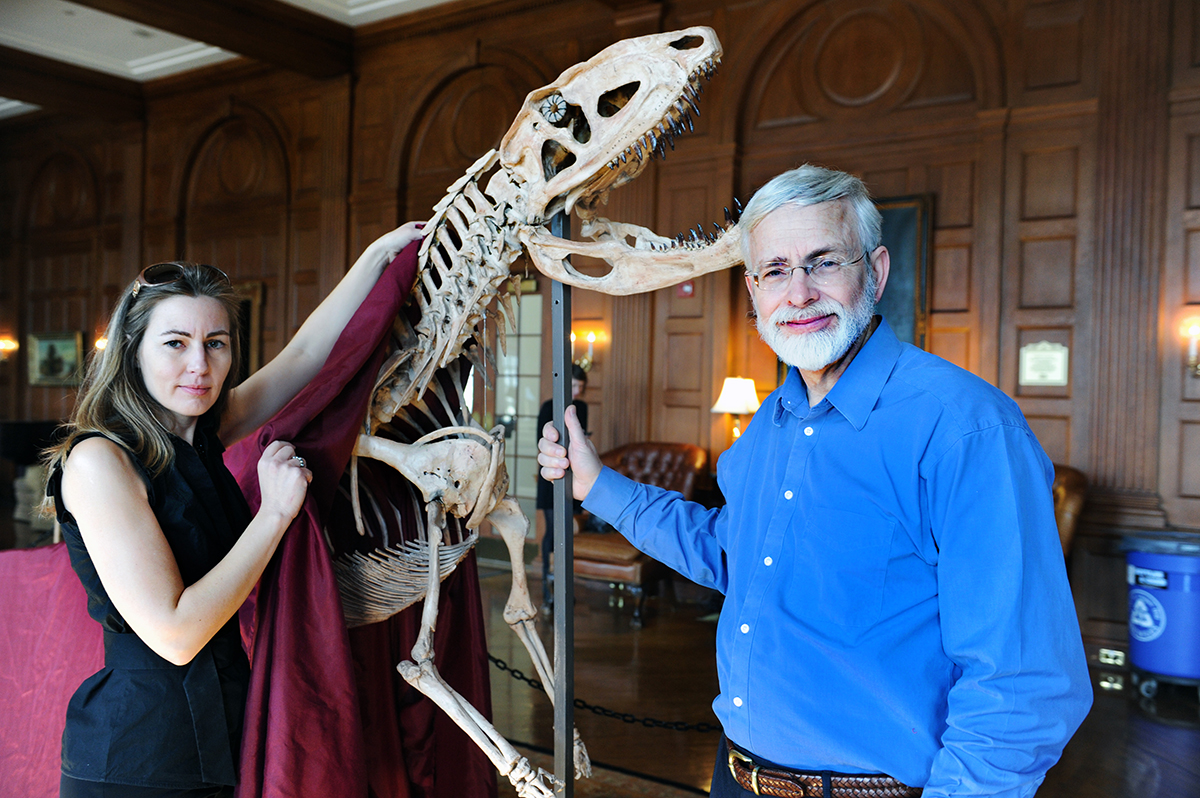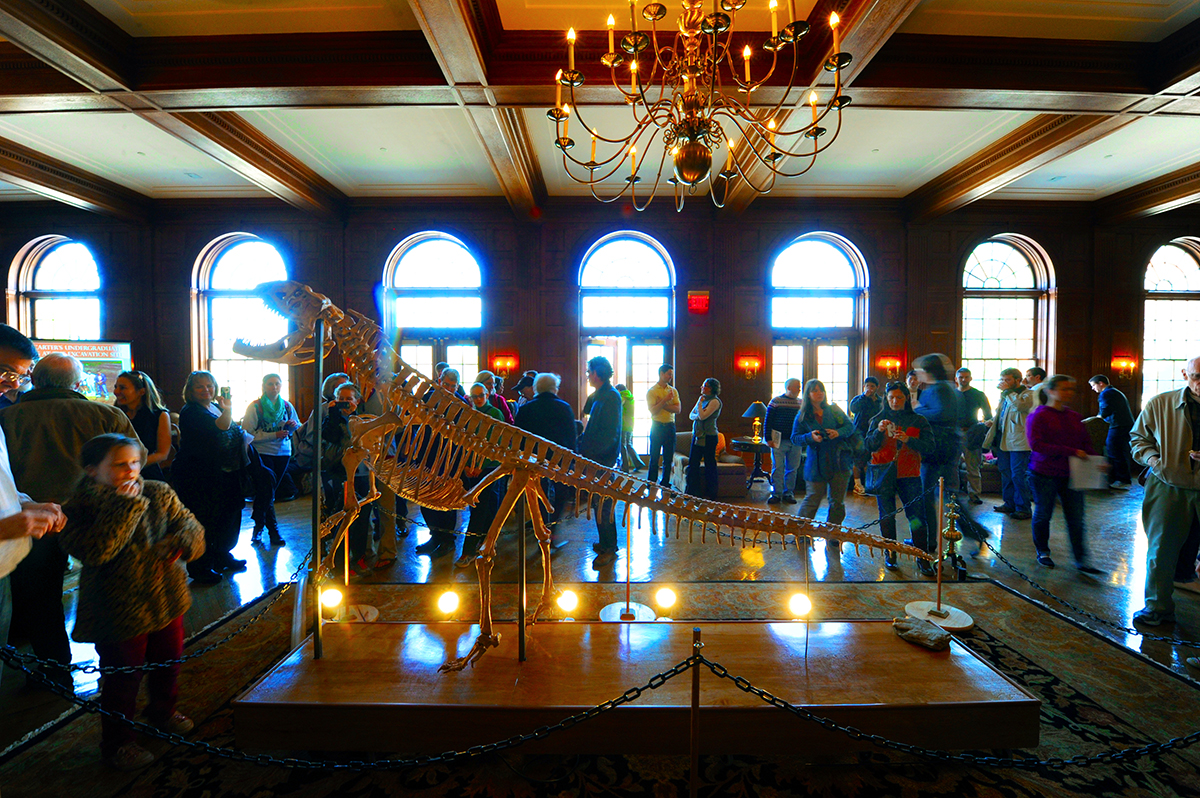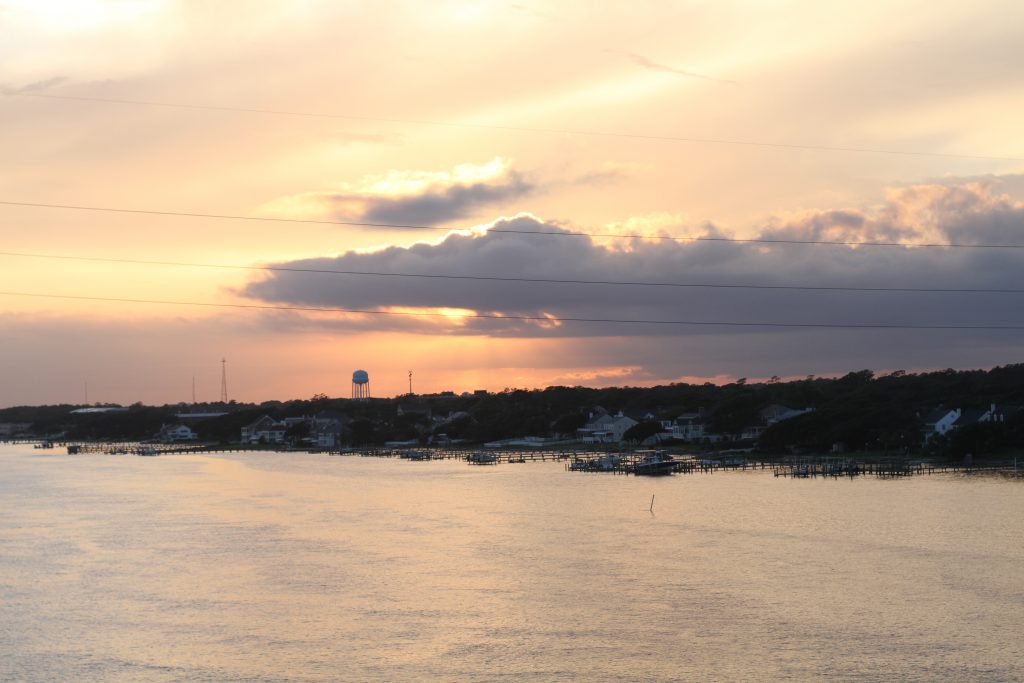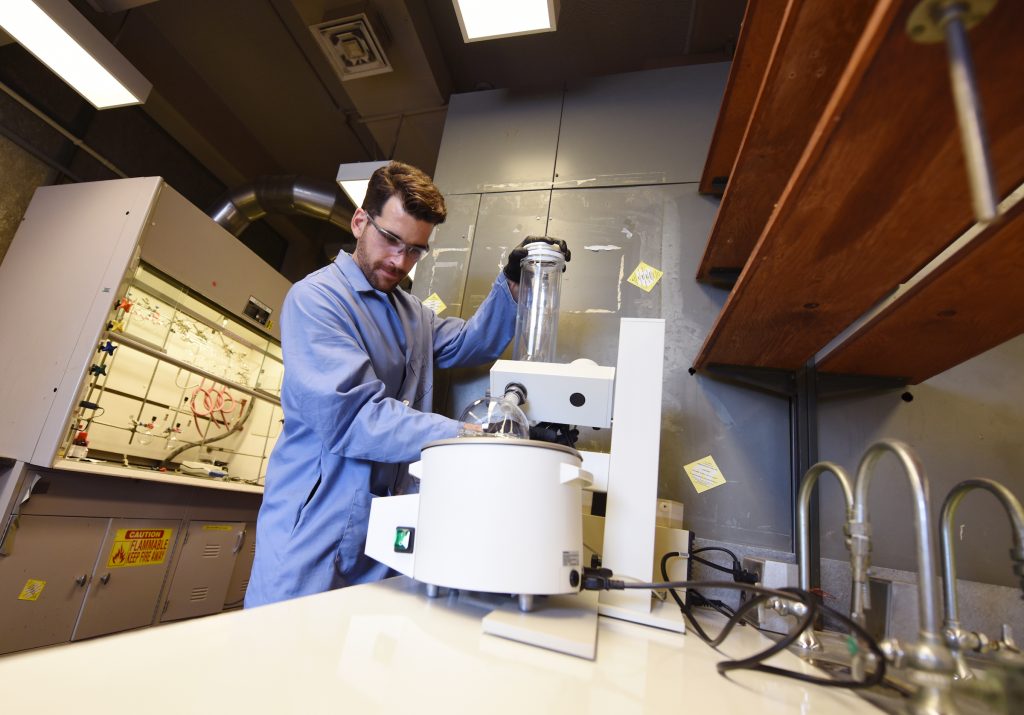
UNC paleontologist Joe Carter and Karin Peyer, a UNC alumna from the Museum of Natural History in Paris, are about to unveil a 12-foot long skeletal reconstruction of a one-of-a-kind prehistoric reptile.
The unveiling will be at UNC’s Graham Memorial Hall at 1 p.m. on March 3. Carter, Peyer, students and volunteers who worked on the project will be on hand until 5 p.m. to answer questions. A continuous slideshow loop will give details of the project, which dates back to 1994 when undergraduates Brian Coffey and Marco Brewer discovered the fossils in a Durham, N.C., quarry.
The skeletal reconstruction is of a rauisuchian, pronounced raw-ih-SOO-kee-un, a family of large reptiles that were the top predators during the Triassic period 220 million years ago. They weren’t technically dinosaurs, but they terrorized unsuspecting prey tens of millions of years before the likes of Tyrannosaurus Rex roamed the Earth.
After Carter’s team recovered many more fossils from the quarry, he determined that their rauisuchian was part of the Postosuchus genus. Other Postosuchus fossils have been found at four other sites in North America, but none had been unearthed east of the Mississippi.
Carter’s team then revealed that the fossils were a unique species, which they named Postosuchus alisonae to honor local fossil hunter Alison Chambers, who had audited several of Carter’s classes. She died in 1998.

The team created a partial skeleton of the rauisuchian, which became known simply as Alison. The incomplete reconstruction was a far cry from the sort of fierce, upright monster that people who frequent museum are used to seeing. The skeleton was not ready for a museum exhibit, though the fossils found a home at the N.C. Museum of Natural Sciences in Raleigh.
Carter, meanwhile, used Alison as a teaching tool. And for the next 10 years, hundreds of students learned how to create casts of prehistoric fossils, mold vertebrae, fit bones and piece together an ancient beast.
After many years of painstaking work, Alison is ready for her public viewing. In time, she will be on display at the museum in Raleigh and, Carter hopes, Alison will get her shot at being named the official state fossil of North Carolina.
[ Read the full story by By Mark Derewicz, Endeavors magazine ]




